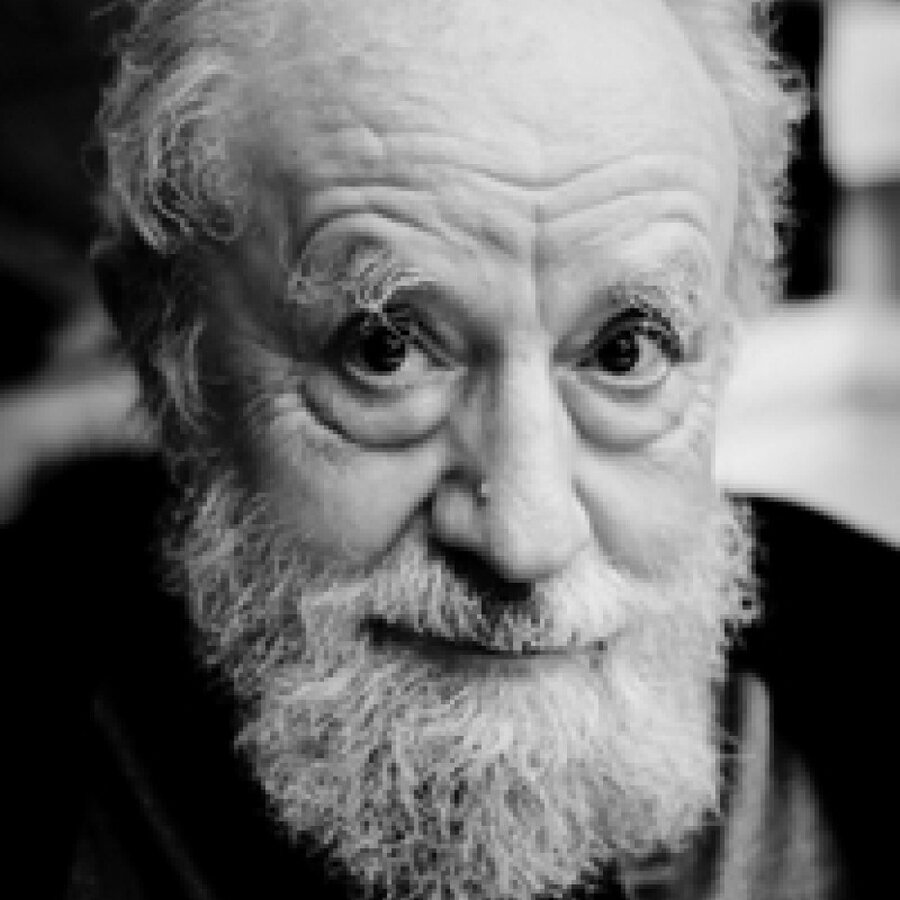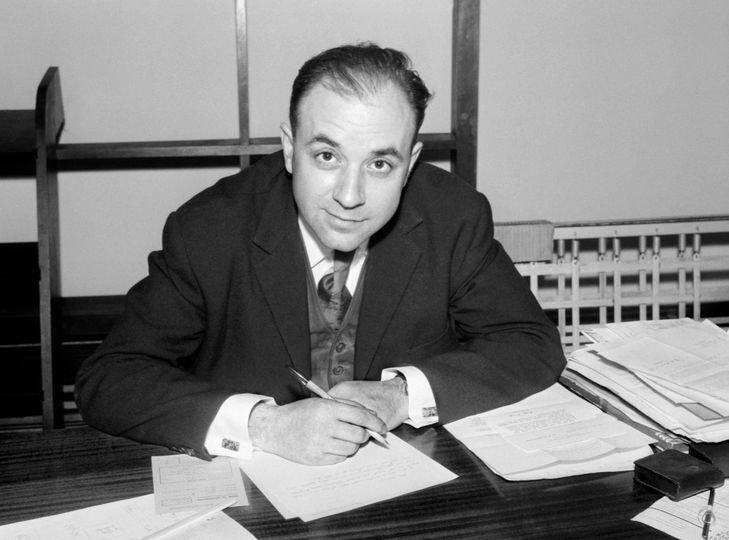Michel Butor

Michel Butor (4 Sep 1926, Mons-en-Baroeul, France – 24 Aug 2016, Contamines-sur-Arves, France) was a French poet, novelist, teacher, essayist, art critic and translator, a figure of the ‘Nouveau Roman’ French literary trend, and a prolific travel writer (or rather ‘writer-voyager’) with his series Le Génie du lieu – in five volumes including one about Australia, Boomerang, Letters from the Antipodes – (1978), his publication Oú, second génie du lieu (Cahiers du chemin, 1968), the complex Gyroscope (1996), and his poetry collection Anthologie nomade (2004)
Fascinated with Angkor since seeing a reconstitution of the Khmer temple at the 1931 Colonial Exposition, Butor visited Angkor in 1966, on his way back from his first trip to Japan through Laos and Cambodia. He was to develop “une nouvelle cartographie du regard” [cartography of the eye] in which he established eight “centres du monde” [centers of the world]: “Depuis des années, je réfléchis à la notion de centre, de centre du monde, vieille obsession de l’Europe classique qui perdure aujourd’hui encore. J’ai construit Gyroscope à partir d’un certain nombre de centres, lieux (le Mexique, Angkor, la Chine, le Japon, Elseneur) ou personnages (Picasso, Rimbaud, Andersen) irradiants. Il y en a en tout huit.” [“For years now, I have been musing over the notion of center of the world, a lasting obsession from classical times that still pervades Europe. I built Gyroscope out of several of such centers: places (Mexico, Angkor, China, Japan, Elseneur) or people (Picasso, Rimbaud, Andersen) which or who irradiate. Eight in total. ”]
In his essay La boue à Seoul, la pluie à Angkor, he wrote that in Angkor ¨tout est composition, préparation, passage, réverbération, résonance. Tout monument répond à quelque autre, en relie d’autres.¨ [“In Angkor everything is about composition, preparation, passage, reverberation, resonance. Every one and each building is a response to another one, a link to other ones.”] In 1998, he contributed to Nouth Narang’s Angkor Silencieux, with photographs by Philippe Gras.
Butor also published Encore Angkor 1 (à la mémoire de Pierre Loti) and Encore Angkor 2 (à la mémoire d’André Breton), in the section ‘Avatar’ of Gyroscope [sections C8-26 and L28-38], texts that had already appeared in other publications.
As a ‘peripatetic writer, Butor “accentuates the importance of literary travels, such as those undertaken by Gerard de Nerval and Chateaubriand, trips which have left such indelible imprints in the career of Butor. In sum, he codifies a kind of mythology of the trip. But it is not only the science of travel that interests him; he actually believes in the adventure of travel as approaching the mystical experience of poetry”, remarked Jack Kolbert in an essay for World Literature Today, adding that the author would be “haunted” by past travels for years and decades. About his visit to Angkor, read Michel Butor, une méditation: trajectoire and tragédie 9 by Julien de Kerviler (Diacritik, 15 sept. 2020, in French).
Michel Butor in 1964.
- Related Books

